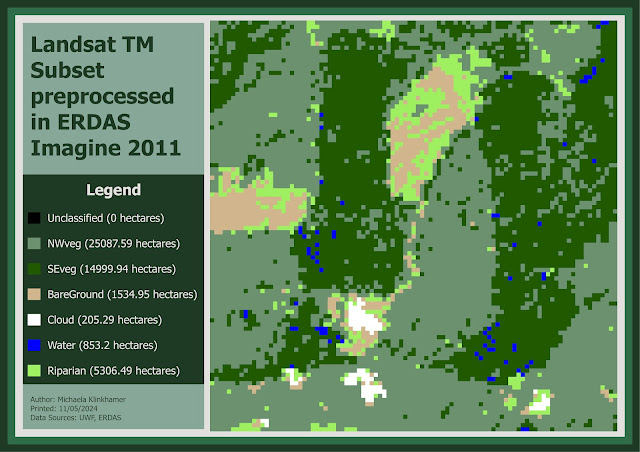M6 - Suitability Analysis
Introduction
In this blog post, I present the outcomes of a development suitability analysis, focusing on a comparison between two distinct weighting scenarios. The objective was to identify the most favorable areas for development by considering five essential criteria: land cover, soils, slopes, proximity to streams, and proximity to roads.
Analysis Steps
The analysis started by reclassifying each of the five criteria into a suitability scale from 1 (least suitable) to 5 (most suitable). Initially, all criteria were assigned equal weights of 20%, ensuring an unbiased approach in combining the factors for the suitability model. Then, an alternative scenario was explored, where slopes were given a greater emphasis with a 40% weight, while the remaining criteria—land cover and soils—were weighted at 20% each, and proximity to streams and roads at 10% each.
These criteria were integrated using the Weighted Overlay tool, resulting in two final suitability maps. The first map displays the results from the equal weighting scenario, and the second shows the alternative scenario where slope was prioritized.
Results
The image below compares the two scenarios side by side. On the left is the map from the equal-weighted scenario, while the right shows the alternative weighting scenario. The areas identified as most suitable for development differ between the two scenarios, particularly in regions where slope plays a more significant role. This comparison highlights the influence of weighting in suitability analysis and demonstrates how different priorities can lead to varying outcomes.
In summary, this analysis showcases how adjusting the weights of various criteria can impact the results of a suitability assessment, offering valuable guidance for developers in making well-informed land use decisions.




Comments
Post a Comment